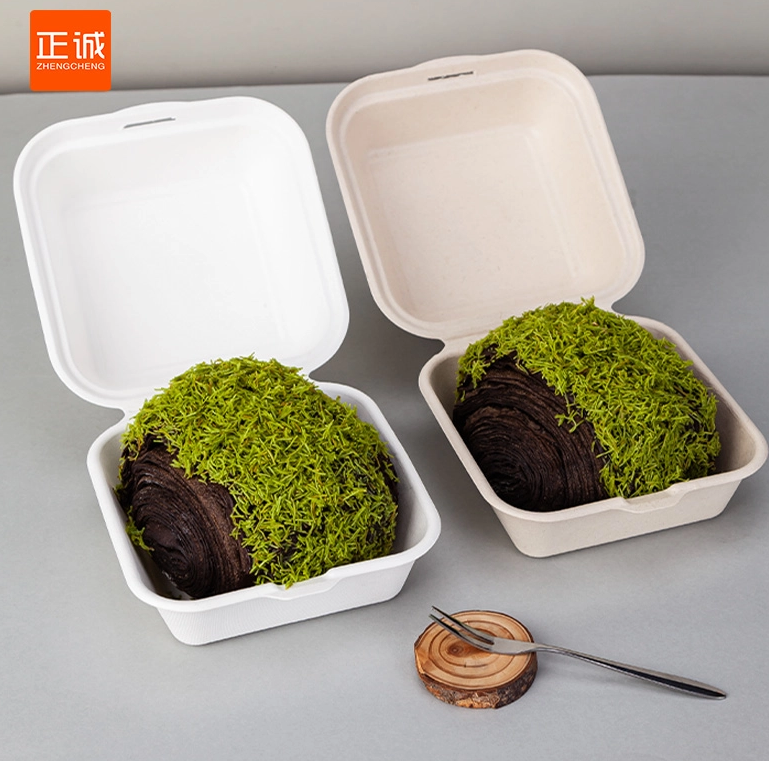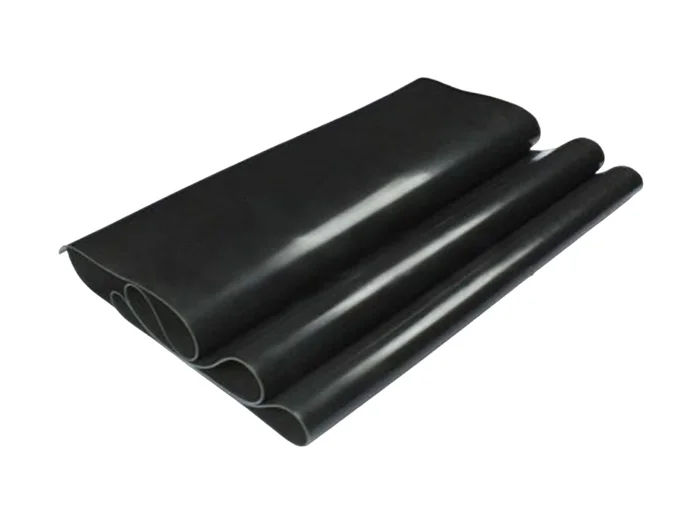Beyond Microfiber: Exploring Superior Alternatives for Cleaning and Comfort
3 min readIn recent years, microfiber has gained immense popularity as a go-to material for cleaning products, clothing, and home textiles. Its fine fibers, which are typically made from polyester and polyamide, offer exceptional absorbency and dirt-trapping capabilities. However, as we delve deeper into the world of textiles and cleaning materials, it becomes evident that there are alternatives that may surpass microfiber in specific applications. This article will explore what is better than microfiber, examining various materials and their unique benefits.
- The Limitations of Microfiber
Before we explore alternatives, it’s essential to understand the limitations of microfiber. While it is highly effective for cleaning and has a soft texture, it is not without its drawbacks:
- Environmental Impact: Microfiber is a synthetic material that contributes to microplastic pollution. When washed, tiny fibers can shed and enter waterways, posing risks to marine life and ecosystems.
- Durability: Although microfiber is generally durable, it can wear out over time, especially when subjected to harsh cleaning conditions or frequent washing.
- Static Electricity: Microfiber can generate static electricity, which may attract dust and dirt rather than repel it, leading to less effective cleaning in certain scenarios.
- Natural Fiber Alternatives
a. Cotton
Cotton is a natural fiber that has been used for centuries in various applications. It is biodegradable, making it an environmentally friendly option. Cotton cloths are highly absorbent and can be used for cleaning surfaces without leaving streaks. Additionally, cotton is soft and gentle on the skin, making it an excellent choice for personal care products.
b. Bamboo
Bamboo fibers are gaining traction as a sustainable alternative to microfiber. Bamboo is a fast-growing plant that requires minimal resources to cultivate. Products made from bamboo fibers are naturally antibacterial and hypoallergenic, making them ideal for cleaning and personal care. Bamboo cloths are also highly absorbent and durable, often outlasting microfiber in terms of longevity.
- Innovative Synthetic Alternatives
a. Tencel (Lyocell)
Tencel, a brand name for lyocell, is a fiber made from sustainably sourced wood pulp. It is known for its exceptional softness and moisture-wicking properties. Tencel is biodegradable and has a lower environmental impact compared to traditional synthetic fibers. Its smooth surface makes it less likely to cause friction, which can be beneficial for delicate surfaces and skin.
b. Recycled Polyester
Recycled polyester is an innovative alternative that repurposes plastic waste into new fibers. This material retains many of the beneficial properties of traditional polyester, such as durability and resistance to shrinking and stretching, while significantly reducing environmental impact. Products made from recycled polyester can be just as effective as microfiber for cleaning, without contributing to new plastic pollution.
- Performance-Based Alternatives
a. Chamois
Chamois leather, traditionally used in automotive and sports applications, is renowned for its absorbency and softness. It can absorb several times its weight in water, making it an excellent choice for drying and polishing surfaces. While it may not be as versatile as microfiber, its performance in specific tasks, such as car detailing, is often superior.
b. Hemp
Hemp is another natural fiber that offers unique benefits. It is highly durable, resistant to mold and mildew, and has natural antibacterial properties. Hemp cloths can be used for cleaning and personal care, providing a sustainable alternative that is both effective and environmentally friendly.
- Conclusion: Choosing the Right Material
While microfiber has its merits, it is crucial to consider the specific application and environmental impact when selecting cleaning and textile materials. Natural fibers like cotton and bamboo, innovative synthetics like Tencel and recycled polyester, and performance-based options like chamois and hemp all present viable alternatives that may outperform microfiber in various contexts.


